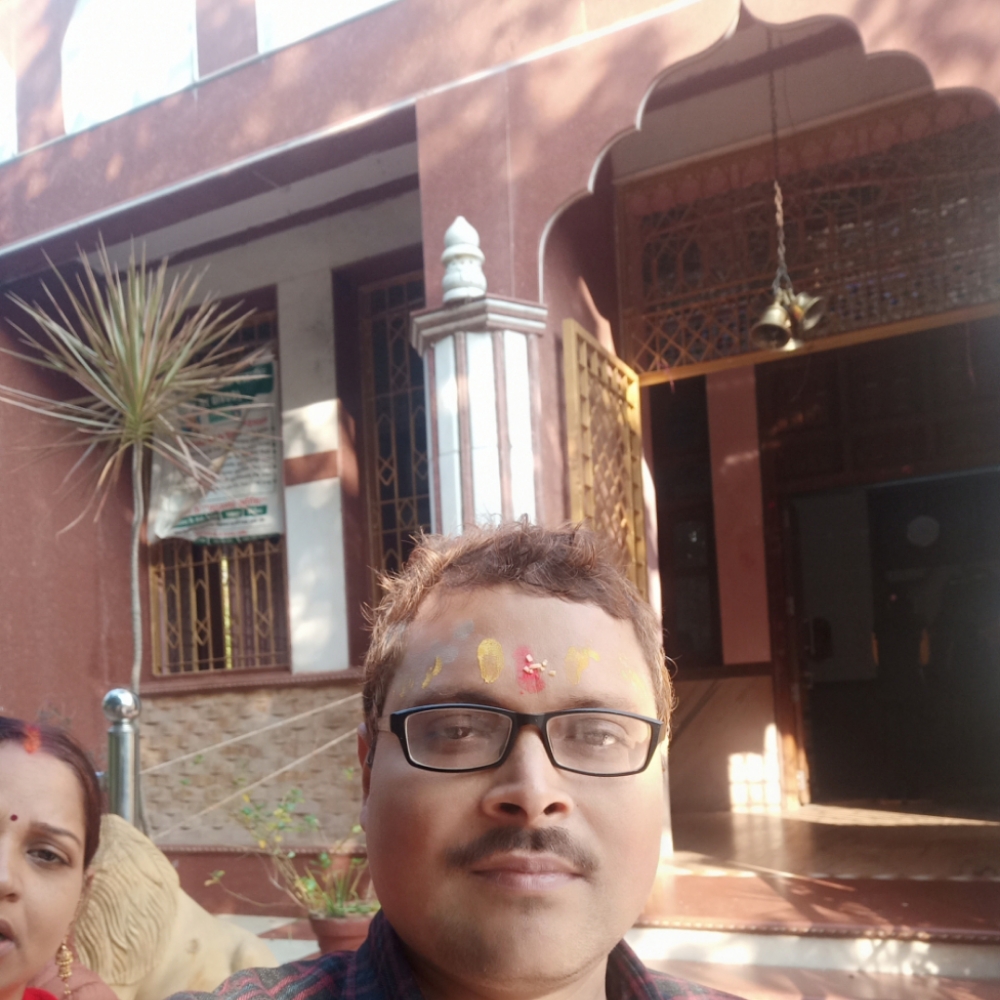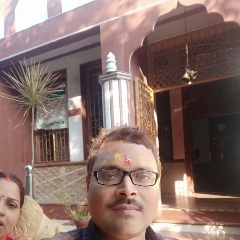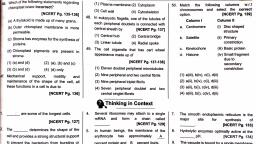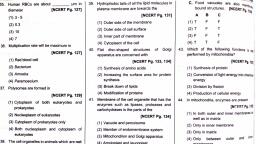Page 1 :
12, , Among animais, the dominant biotic, , pollinating agents are [NCERT Pg. 30], , (1) Humming birds (2) Sun birds, , (3) Bees (4) Lemurs, , The residual, persistent nucellus,, , occasionally, found in some seeds such as, , black pepper and beet, is known as[NCERT Pg. 36], , (2) Integument, , (4) Endosperm, , (1) Pericarp, (3) Perisperm, , . Ina few species such as apple, cashew etc,, , the thalamus also contributes to fruit, formation, such fruits are called, , [NCERT Pg. 36], (1) Parthenocarpic (2) False fruits, (3) True fruits (4) Eucarp, , The oldest known viable seeds, have been, reported from which of the following plants?, [NCERT Pg. 38], , (1) Phoenix dactylifera, (2) Nelumbium species, (3) Lupinus arcticus, (4) Cedrus deodara, , . The special mechanism to produce seeds, , without fertilization evolved in some species, of Asteraceae and grasses is called:, [NCERT Pg. 38], , (1) Amphimixis, , (2) Apomixis, , (3) Amphidiploid, , (4) Sexual reproduction, , af,, , 18., , 19., , 20., , The Endosperm persists in the mature seed, and is used up during the process of seed, germination in which of the following pair of, plants? [NCERT Pg. 35], , (1) Castor and coconut, (2) Pea and groundnut, (3) Beans and Pea, , (4) Groundnut and castor, , Removal of anthers from the flower bud of, bisexual flowers, before the anther dehise,, is referred to as: ([NCERT Pg. 33], , (1) Bagging, , (2) Emasculation, (3) Rebagging, (4) Debagging, , Continued self-pollination in flowering plants, results in: [NCERT Pg. 31], , (1) Increased variation, , (2) Hybrid vigour, , (3) Production of bisexual flowers, (4) Inbreeding depression., , Majority of insect-pollinated flowers, have/are [NCERT Pg. 30], , (1) Light and non-sticky pollen, , (2) Large, colourful, fragrant and rich in, nectar, , (3) Large feathery stigma to trap pollen, , (4) Single ovule in each ovary, , 21., , 22., , 23., , 24., , When the anther is young, a group of, compactly arranged homogenous ceiis,, which occupies the centre of each, microsporangium is called [NCERT Pg. 21], , (1) Sporogenous tissue, (2) Endothecium, , (3) Middle layers, , (4) Vegetative cell, , The pollen grains, represent the, , in the angiosperms, [NCERT Pg. 22], , (1) Male gametes, , (2) Microsporangium, (3) Megaspore, , (4) Male gametophyte, , The ovule is a small structure attached to, the placenta by means of a stalk called, , [NCERT Pg. 25], , (1) Hilum (2) Micropyle, , (3) Funicle (4) Stigma, , A typical angiosperm embryo sac, at, maturity has e@gg apparatus, , INCERT Pg. 27}, (1) 8-nucleate and 7-celled, , (2) 8-nucleate and 8-celled, (3) 3-nucleate and 3-celled, (4) 3-nucleate and 8-celled




































































